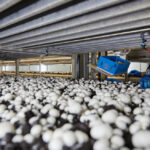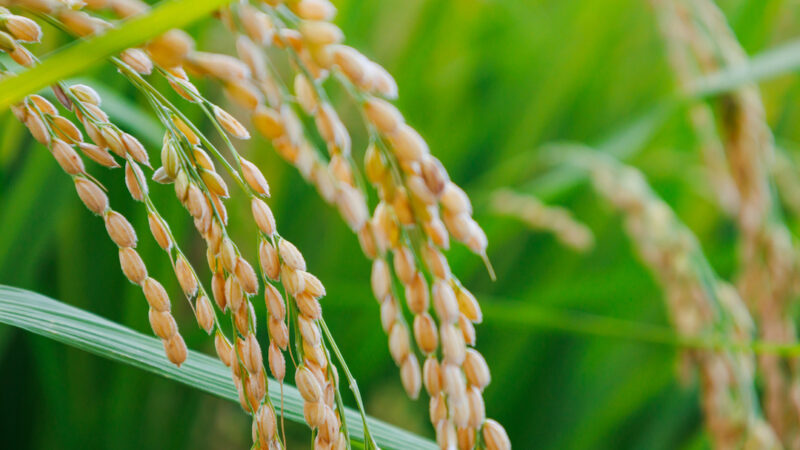The seaweed industry in Australia, which is forecasted to be a 10 million dollar industry…
Shaping a home-grown medicinal cannabis industry
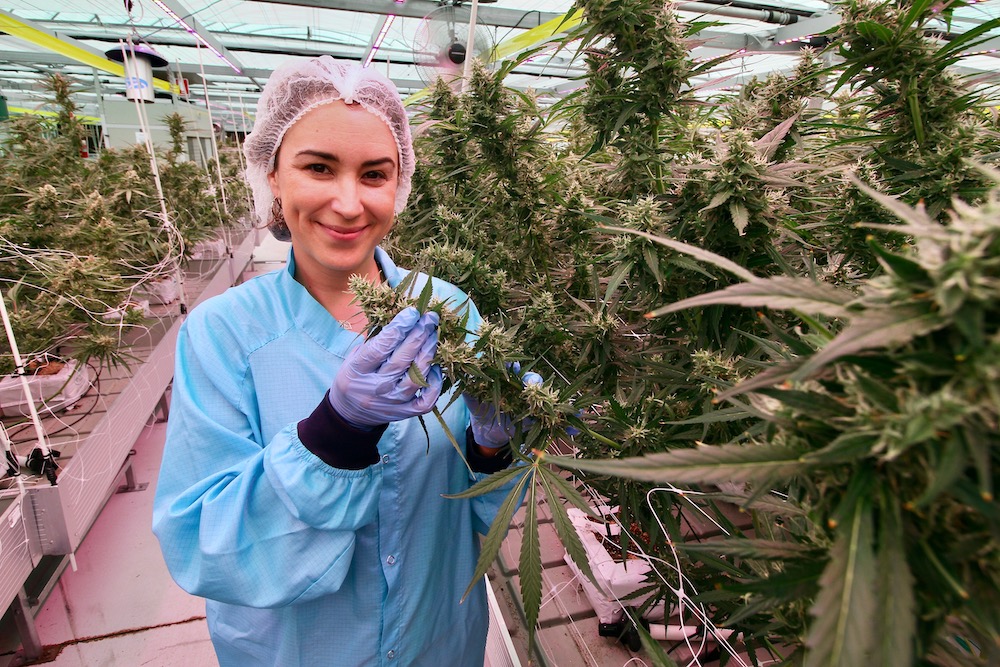
Lucy Haslam�s decade-long campaign for medicinal cannabis law reform has succeeded in improving patient access to the product, and encouraged investment into local operations. �
Prescriptions for medicinal cannabis have reached 500,000 since federal legislation passed in February 2016, and local crops grown under strict conditions are now springing up in regional areas.
Regional NSW only has a handful of licensed medicinal cannabis farms, with two of the more advanced operations in Alstonville and Armidale now employing almost 100 people.
The Australian industry is predicted to grow to a market value of $1.3 billion by 2033 and the NSW Parliament features a Legalise Cannabis Member of the Legislative Council in Jeremy Buckingham.�
All seems well for this emerging crop, but Lucy is distraught at what the industry has shaped into.
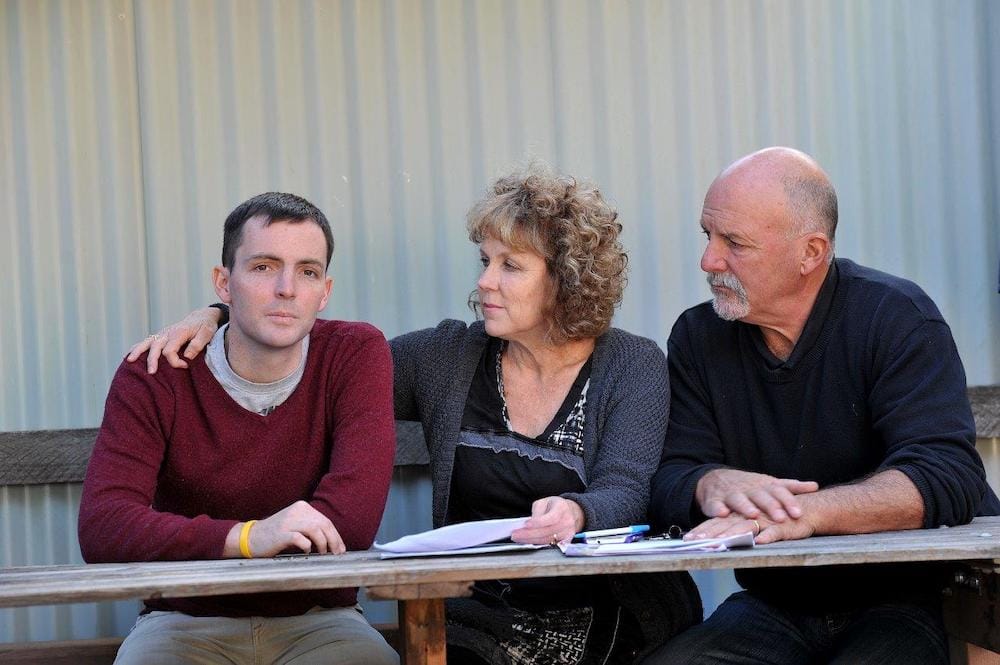
Nurse on a mission
The former nurse�s push for medicinal cannabis law reform began after witnessing the positive impact on her son Dan�s quality of life while suffering through bowel cancer.
Medicinal cannabis was illegal in Australia at that time, prompting Lucy and Dan to start the United in Compassion organisation in 2014 in Tamworth to advocate for patient access to herbal medicinal cannabis extracts. The Australian Government legalised the cultivation, production and distribution of the drug for medicinal purposes in 2016. Sadly, this was one year after Dan succumbed to bowel cancer.
�My motivation has always been putting patients first by improving access to affordable quality products and building a healthy industry here in Australia.�
Lucy Haslam, medicinal cannabis advocate
�Australia is missing out on an incredible opportunity and importing a lot of cheap rubbish from overseas. Some companies are not serving their patients well. It�s all about making a dollar.
�The Federal Government allowed imports because there was no domestic supply when it was first legalised. We expected that to be a temporary measure to fill the gap, but then came Covid-19 and the industry realised it�s much cheaper to buy it overseas, a model which predominates to this day.
�The biggest problem for patients now is how to navigate the system to find good doctors who provide quality care and one-on-one consultation to assess whether a product is suitable. There are now around 500 products out there in the market.
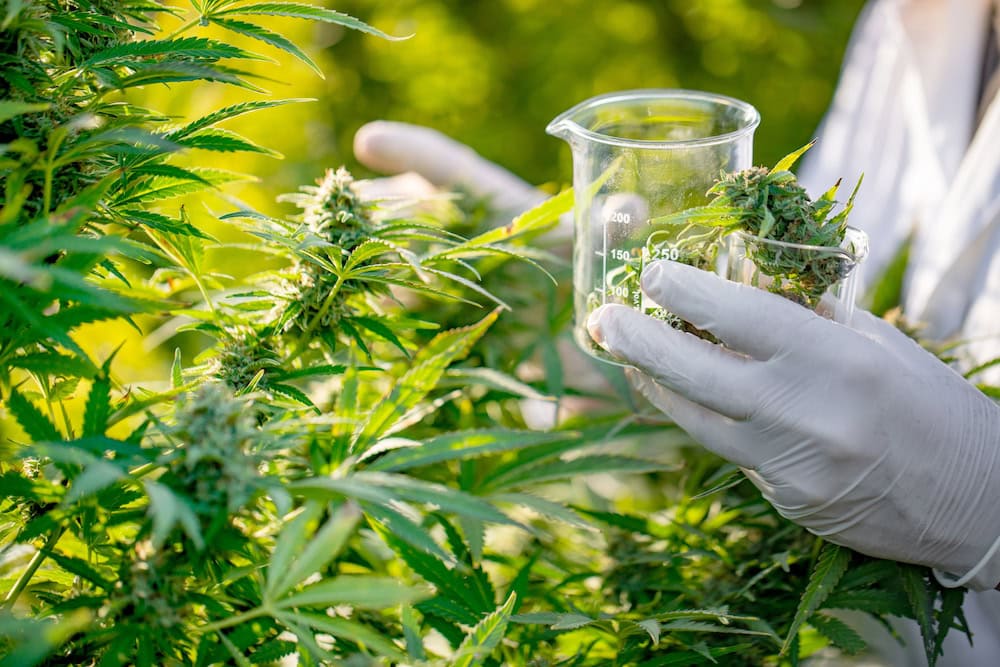
�I believe that has led to some patients getting second-rate medicines, which has caused me much grief over the past several years,� she says.
Medicinal cannabis products are classified as either Schedule 3, Schedule 4 or Schedule 8 medicines, depending on the levels of tetrahydrocannabinol (THC) or tetrahydrocannabinol: cannabidiol (THC:CBD). Most medicinal cannabis products are Schedule 8 (S8) medicines, also known as controlled drugs. Products containing cannabidiol only are Schedule 4 (S4) medicines, also known as prescription only medicines.
Orchestrating change
Lucy is also co-founder of the Australian Medicinal Cannabis Association (AMCA), although she stepped down as chair in November after 10 years of service. However, her fight for patient access to quality products will continue through United in Compassion and her position as a life member of AMCA.
Lucy said the ACMA has turned its attention to boosting domestic production through an Australian Cannabis Cultivators group launched in November.
�We�ve spent a lot of our time in producing education materials for doctors, nurses and pharmacists. Now we have farmers and growers on the radar.
�We have the best conditions in the world and the highest standards in the world to grow medicinal cannabis here and we are just not taking advantage of that.�
Lucy Haslam
�The potential economic and employment opportunities could be huge for regional towns, and that is part of the reasoning behind the new cultivators group.
�It is quite a specialised crop to grow for medicinal products and there are many strains, and there is much that can be learned from growers working together.�
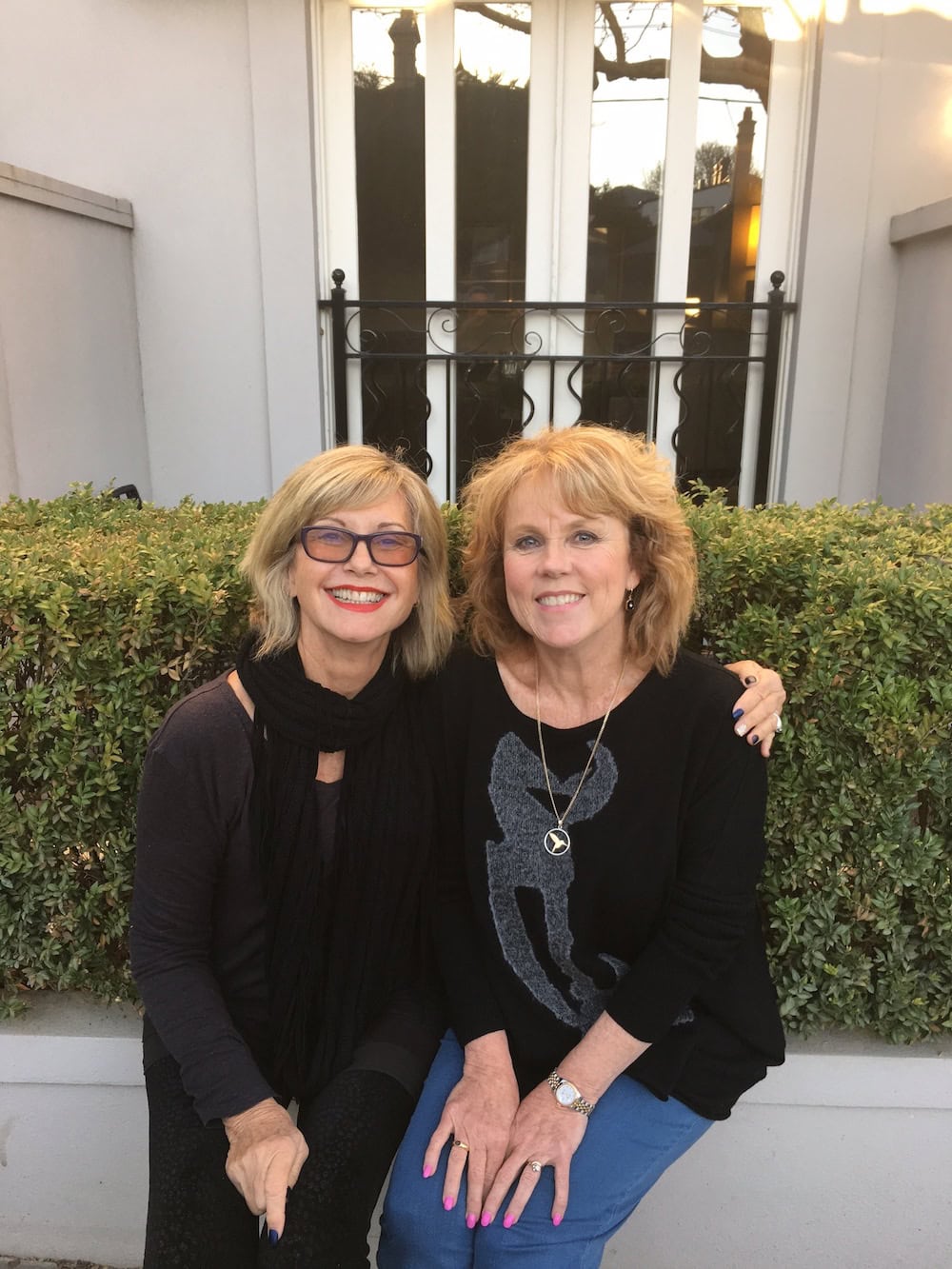
Lucy admits that the cost of establishing an approved facility for growing cannabis is a significant barrier for farmers. �The standards that you must achieve in a facility is incredible,� she says. �There�s lots of quality assurance compliance because you are making a medicine.�
In for the long haul
NSW Farmers member David Blight is five years into seeking approval to grow cannabis varieties for medicinal products on a farm at Rossmore in Western Sydney.
The second-generation farmer�s family business has an approved pharmaceutical processing plant and has been growing hemp for food consumption for five years. Their farming enterprise also includes Bringelly Pork & Bacon and Bringelly medicinal honey.
David said they are waiting on approval from the Therapeutic Goods Administration (TGA) to produce medicinal cannabis products.
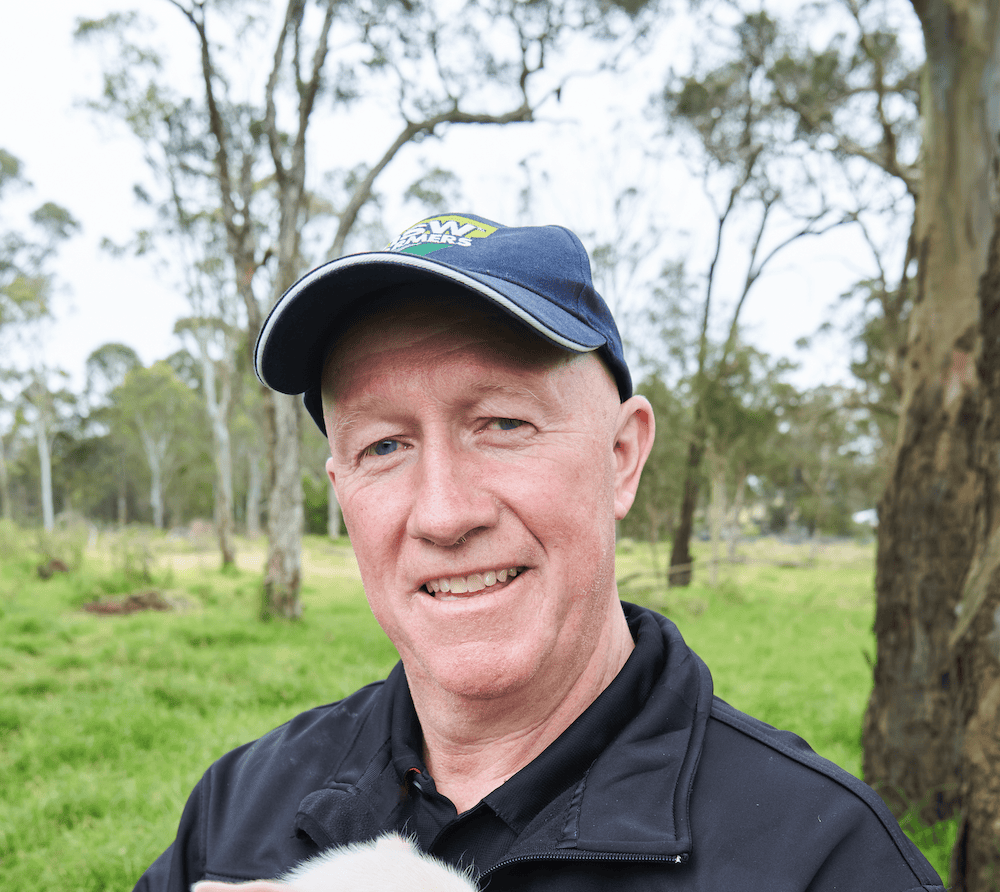
David Blight is seeking approval to grow cannabis on a farm in Western Sydney.
�The next step is to get the license from the Office of Drug Control. That used to cost around $5,000 a few years ago, now it is around $55,000,� David says.
�We started out thinking it would take five years to get a license, but it�s looking more like it will take seven years. It�s a long process to get the tick in the box to say you can put a seed in the ground.�
Cultivation, manufacture, importation and exportation of medicinal cannabis is tightly controlled by the Office of Drug Control (ODC), the TGA and local state and territories.
�Then there is also the task of working with the medical sector to find a doctor who will prescribe your products. That�s where the big pharmaceutical companies have the advantage.�
David says the current compliance regime is prohibitive for those involved in small-scale production.
�The idea being driven by those who pushed for change to make it legal was that it would be part of a cottage industry for medicinal products, but that direction has changed.
�It�s now a better economic proposal for larger companies who can invest and afford all the compliance costs than it is for small to medium sized farming businesses.�
David said they will press ahead with their investment despite the significant barriers.
�We are in for the long haul. The only way the industry can evolve is through further deregulation of the laws to enable farming businesses like ours to diversify into medicinal cannabis products. We will be ready when that happens. We have learned that you need to diversify a farming business and it may well be that one of our future generations can develop that market.�
David Blight, farmer
�It is a plant that has been used for medical purposes for thousands of years. The prohibition campaign in the US changed all that, but attitudes are swinging back towards its health and wellbeing benefits.�
Care for a cannabis salad?
New AMCA chair Emily Rigby says medicinal products are just one of many marketable attributes of the Cannabis sativa plant.
�For farmers, there are so many opportunities beyond the medicinal world for this plant, from hemp production through to foods for human consumption and wellbeing products.�
Emily Rigby, AMCA chair
�It has been an underutilised plant due to prohibition, but this is changing as we see Australia and the world coming out of prohibition.�
Emily has a strong background in production horticulture and has been involved in the establishment of a cultivation and research facility in southeast Queensland.
Emily says an application was lodged with Food Standards Australia and New Zealand (FSANZ) in late 2021 to allow for the use and sale of low-THC hemp leaf, seed sprouts and roots for human consumption. Hemp oil and seed products were approved for human consumption in 2017.
�We are eagerly awaiting the outcome of this application. Imagine going into a restaurant and ordering a plate garnished with cannabis microgreens. It won�t get you high, but it would be unique and healthy.
�That opens a lot of opportunity for farmers to grow a viable crop, as it could be grown under a state hemp license if the application is approved,� she says.
�We are hoping to be able to use more of the plant, such as the leaves, that do have nutritional value. There is a lot of leaf biomass waste in the medicinal sector that could be utilised.�
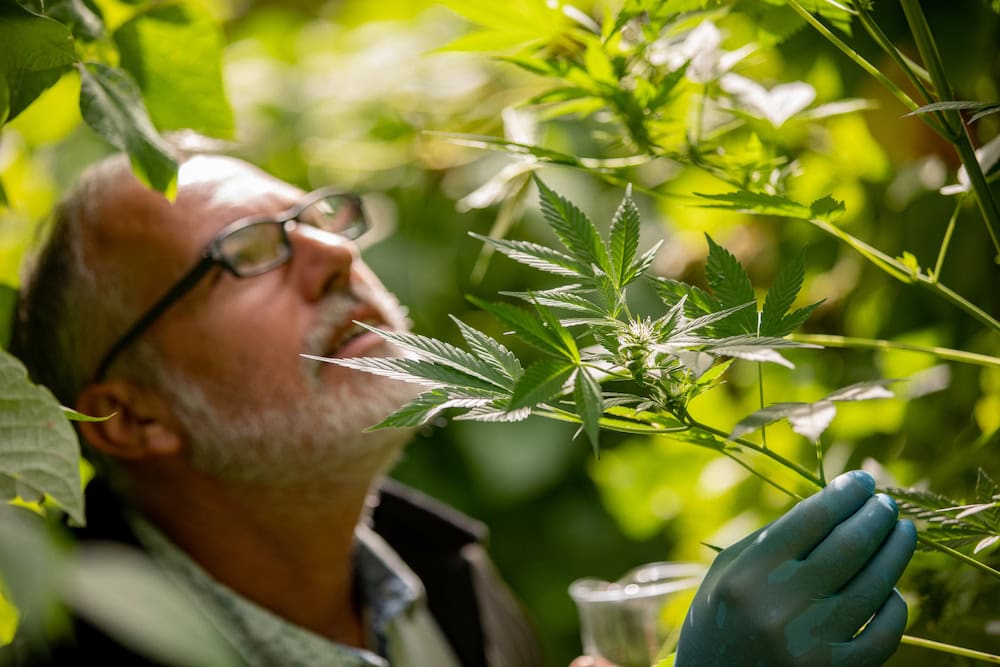
THC, or Tetrahydrocannabinol, is the principal psychoactive constituent in cannabis that results in the �high� for users.
Emily says Australian farmers do have the expertise to capitalise on commercial opportunities when it comes to producing food products from low THC cannabis plants.
�We could also be a looking at the world of ornamental horticulture. It is a quite an attractive plant that has lots of diversity on offer as a garden or indoor plant � all low in THC of course � but this is not legal in Australia yet.�
Emily says AMCA�s new Australian Cannabis Cultivators group will be a key plank in building collaboration and research amongst farmers growing cannabis for a variety of end uses.
�While medicinal products are certainly a growth opportunity, it is a significant investment including installing all of the current security requirements, and there is still a large regulatory burden.
�You are growing a schedule eight medicine with high THC varieties, so it is understandable that there will be security obligations and regulatory hoops to jump through.�
If you enjoyed this story on medicinal cannabis, you might like to read our piece on the burgeoning hemp industry.




